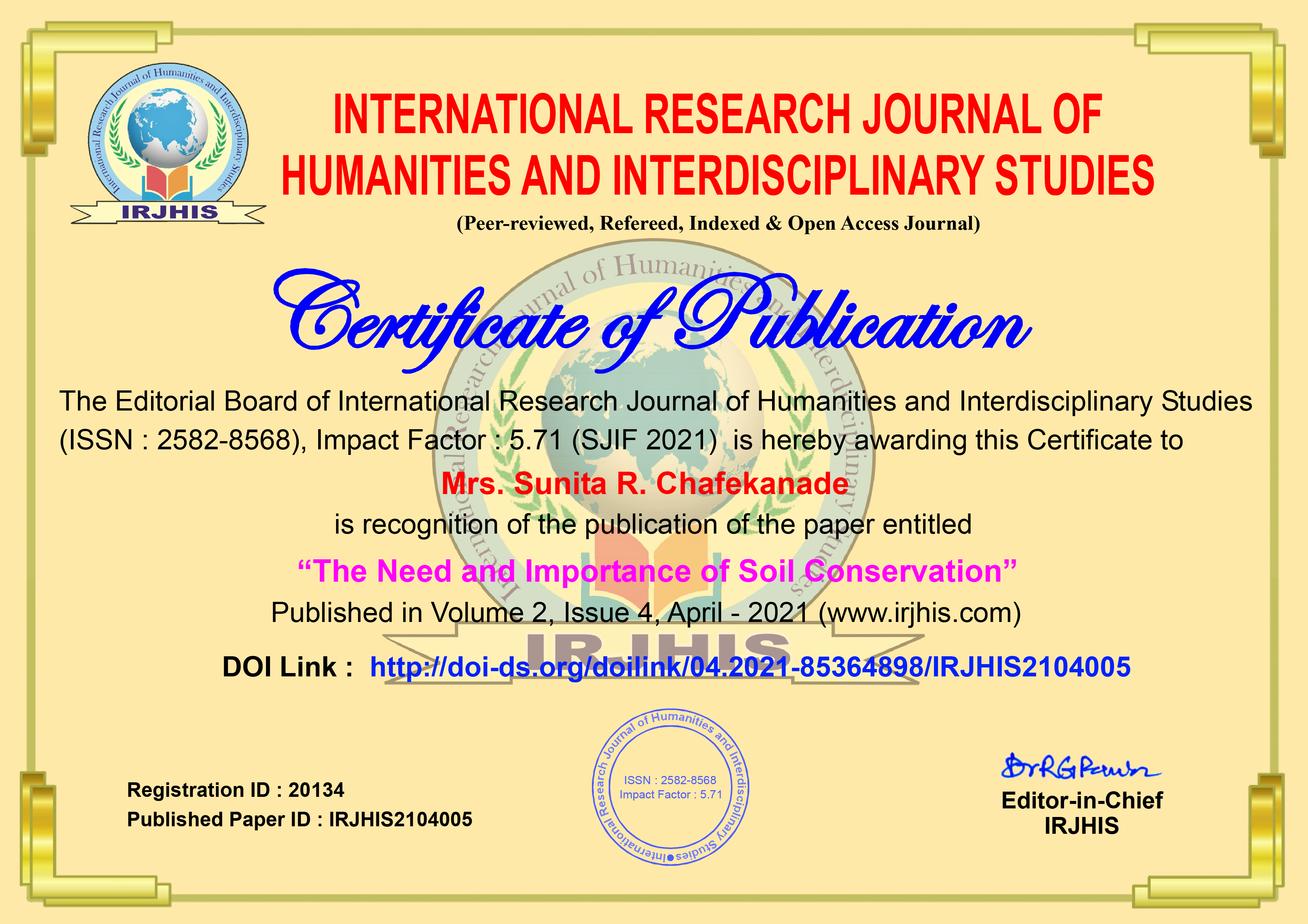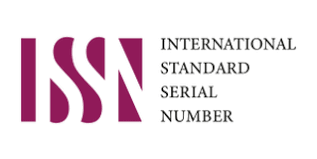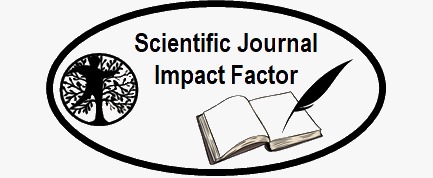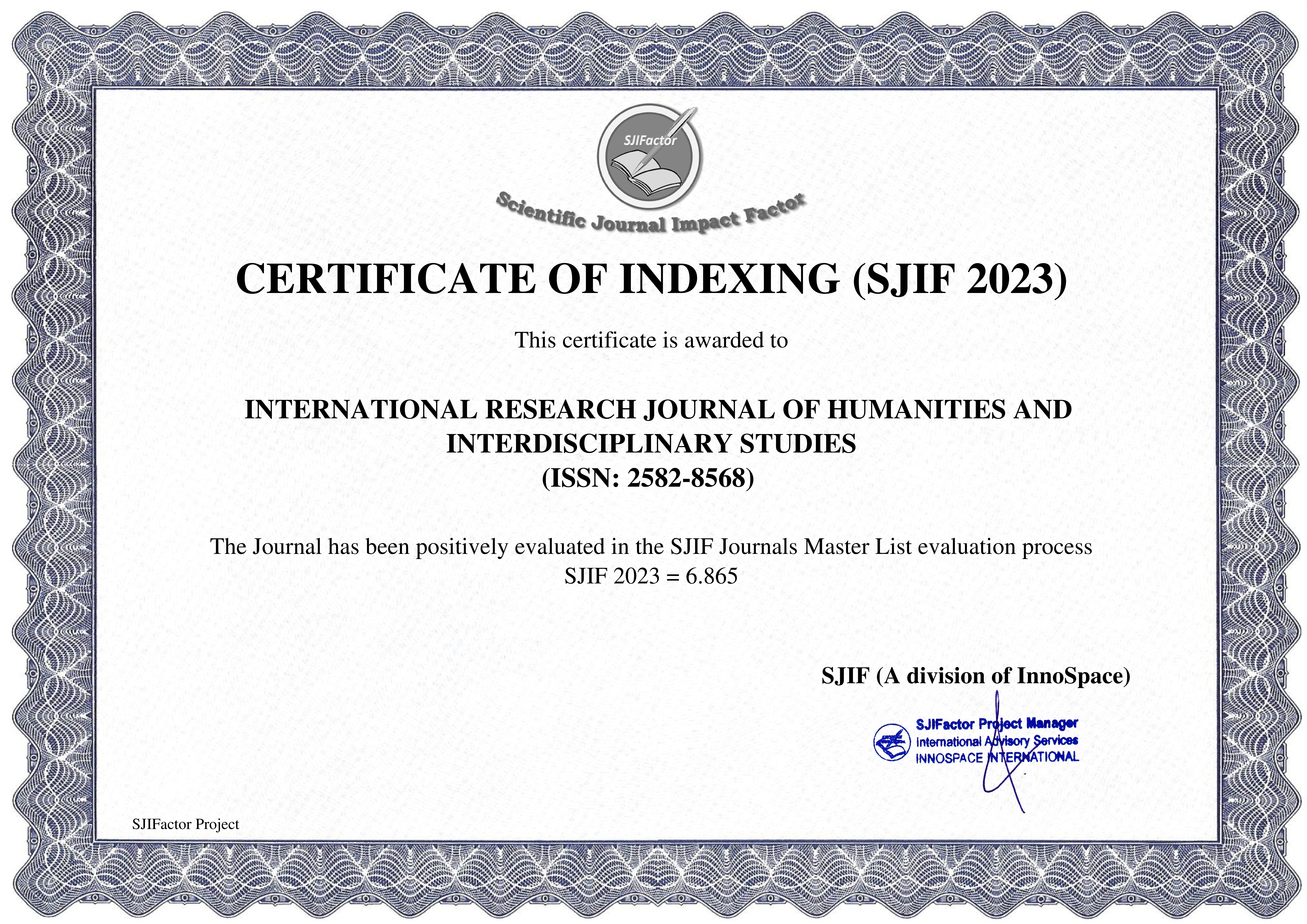Paper Details

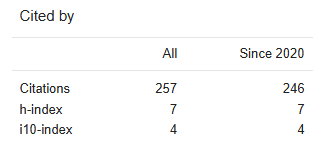
Call For Papers
Volume 07, Issue 01
Frequency: 12 Issue per year
Paper Submission: Throughout the Month
Acceptance Notification: Within 2 days
Areas Covered: Multidisciplinary
Accepted Language: Multiple Languages
Journal Type: Online (e-Journal)
Announcement

Publish books with ISBN Number
- Edited Book
- Text Book
- Ph.D Thesis
- Conference Proceedings
ISSN Number:
2582-8568
Journal DOI No:
03.2021-11278686
Title:
TEACHING DYNAMICS: NEWFANGLED LEARNING STRATEGIES FOR MODERN PEDAGOGY
Authors:
Cite this Article:
,
TEACHING DYNAMICS: NEWFANGLED LEARNING STRATEGIES FOR MODERN PEDAGOGY , International Research Journal of Humanities and Interdisciplinary Studies (www.irjhis.com), ISSN : 2582-8568, Volume: 3, Issue: 1, Year: January 2022, Page No : 130-134,
Available at : http://irjhis.com/paper/IRJHIS2201014.pdf
Abstract:
In ancient India, the teacher enjoyed a place of honor and respect in the society. Max Müller, citing the Rigveda, states that the teacher was a celibate who had gone through a recognized curriculum and who was also deeply spiritual. In the Upanishad period the teacher was held in high esteem as the fountain of knowledge and the abode of spirituality. Today’s dynamic learning environment requires a conceptual rationale and an internationally developed framework for teacher education. With the advent of the broader concept of education, which aims at the all-round development of the learners, the responsibilities of the teacher have increased. To be successful in this age of globalization, multiculturalism and technology, students need exposure to a dynamic curriculum that enables them to discover their passions, develop critical thinking, enable creativity and foster their curiosity to learn. Helps in. This paper explores the social and psychological aspects of the learning process as learners’ learning is shaped by social consciousness and the situation in which they find themselves. Dewey states that “all education proceeds from the individual’s participation in this social consciousness of race.” The pinnacle of Indian education is self-realization or “know thyself”, and it is also the lofty ideal of the modern emerging human society. According to Sri Aurobindo, “Acquiring various kinds of information is only one and not the principal means and necessities of education, its central aim is the formation of the human mind and spirit, whether it is the formation or as one should see it, knowledge. , character, origin of culture – at least if not then.” According to the need and changing nature of education, the aims and objectives of education keep changing from time to time and also differ from one society to another. The general objectives of dynamic education are framed on the basis of culture, knowledge, character, intrinsic values, perennial elements etc. The specific objectives of dynamic education are determined by the socio-economic conditions of the country. The nature of Indian culture is based on peace, fraternity, sympathy, tolerance and for a sovereign, secular and democratic republic to flourish, we need an innate synthesis of social and individual objectives of the teaching-learning process.
Keywords:
Dynamic Education, Teacher Education, Professional Learning, Pedagogy, Teaching-Learning Process.
Publication Details:
Published Paper ID: IRJHIS2201014
Registration ID: 20529
Published In: Volume: 3, Issue: 1, Year: January 2022
Page No: 130-134
ISSN Number: 2582-8568
Download Full Paper: Click Here
Article Preview:
